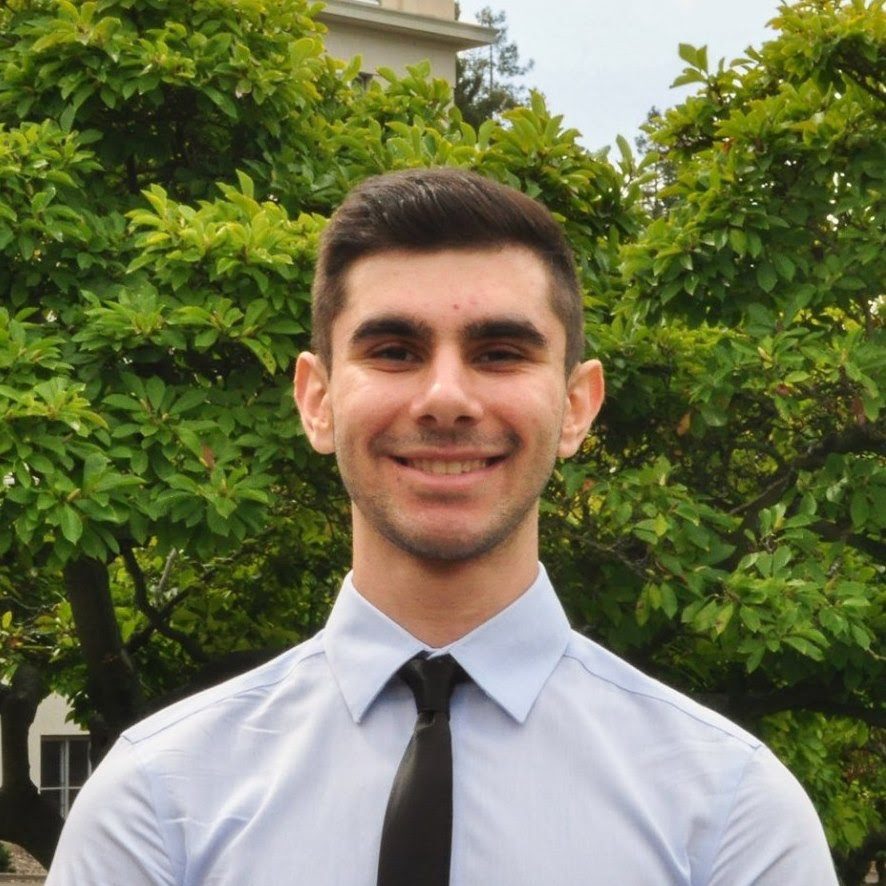Anne Chen

The CRISPR-Cas9 system has opened doors to our understanding of genome editing, genetic disease, and targeted therapies. This technology has been applied in fruit flies, Drosophila, to generate targeted germline deletions to study genes and chromosome organization. These experiments are currently limited by extensively long procedures, where generating a pool of Drosophila with unique CRISPR deletions requires separate cycles of plasmid cloning of guide RNA, embryo injection, and sequence analysis for each locus. This imposes a restricting upper limit on the number of deletions that can be induced and analyzed […]
Citlalli Vergara

Polycystic ovary syndrome (PCOS) is an endocrine disorder that affects nearly 13% of reproductive-aged females. It is typically caused by hyperandrogenism, which allows PCOS to manifest itself in different forms. This also contributes to infertility due to anovulation, which affects nearly 50% of PCOS patients. Anovulation presents an opportunity to discover the mechanism underlying PCOS. Ovarian smooth muscle cells (SMC) express Kir7.1, a potassium channel that controls the excitation and contraction of SMC. Kir7.1’s function is affected by hormonal imbalance, demonstrated through its activation by dehydroepiandrosterone (DHEA), and therefore can […]
Aleysha Chen

Gene therapy has been a rapidly emerging field of experimental therapeutics, wherein nucleic acids are delivered into cells via viral vectors in the effort to treat diseases associated with genetic defects. An increasing number of clinical trials have shown that the recombinant adeno-associated virus (rAAV) is an efficient vehicle for gene therapy. However, the low production capacity of rAAV has been a major bottleneck that decelerates AAV gene therapy development. To overcome this, the present project aims to target membrane-associated accessory protein (MAAP), which is known to serve a critical […]
Noah Bussell

With abundant greenhouse gas emissions negatively affecting environmental and human health, it is extremely important that research is conducted on semiconductor materials that can both produce energy renewably and reduce existing pools of atmospheric carbon dioxide. In accordance with this pressing task, I will be working on a project to synthesize and develop a transition metal nitride (Cu3N) with the ultimate aim of demonstrating its ability to reduce carbon dioxide both selectively and efficiently into liquid and gaseous fuels, using solar energy. While copper nitride has a high absorption coefficient, […]
Dan Willett

Soil biogeochemistry has become a field of great interest in the fight against climate change. As Earth’s largest terrestrial carbon reservoir, soils have a huge potential to absorb and store atmospheric carbon dioxide, if managed properly. This project expands upon this premise, investigating how various amendment applications such as compost, ground rock, and biochar impact carbon dynamics within California grassland soils. To determine the impacts of these amendments, soil samples taken from amended and unamended plots at the Sierra Foothills Research Center will be analyzed for bulk carbon content. Comparing […]
Ilaria Stewart

Understanding the diversity of cell types in the brain is critical for understanding how we interact with the world around us. Previous neuroscience research has not clearly defined the cell types that exist among wide-field cells, a population of cells that are critical to the visual integration pathway. Wide-field cells have potentially wide-ranging impacts on human disease, so having a better understanding of the proteins wide-field cells produce could help elucidate the causes of various disorders in humans. I will aim to categorize the biomolecular cell types in genetic mouse […]
Allen Khudaverdyan

Heart disease continues to be a defining illness of our generation, as the poor regenerative potential of the human heart renders fatal the loss of millions of heart muscle cells that follow heart attacks. Yet, there seems to exist a striking heterogeneity across species in this regenerative potential. Neonatal mice, for example, exhibit a much more robust ability to regenerate these heart cells (also called cardiomyocytes), but lose this ability in adulthood. Why? A recent key evolutionary intuition came in the inverse correlation between organisms’ metabolic rate and cardiac regenerative […]
Gracie Richards

Chlamydia trachomatis (Ct) is the most common bacterial cause of sexually transmitted infection (STI) in the world. The Pacific Islands have some of the highest rates of Ct infections, with Ct often asymptomatic and remaining undetected in the population. My project will study Ct in Fijian women by analyzing the microbiomes of the vaginal and rectal anatomic sites. I will use a metagenomic approach, involving shotgun sequencing and bioinformatics software, to learn about Ct genome variation among these anatomic sites, compare microbial diversity in the presence and absence of Ct, […]
Druv Punjabi

Type Ia supernovae (SNe Ia) are a category of exploding stars, and serve as one of the most important tools for probing our universe today. Because of their extreme and consistent luminosity, they are widely used to measure distances to faraway galaxies. Determining these large-scale distances allows a better understanding of the universe’s expansion, and thus of dark energy itself, the driver behind the expansion’s acceleration. Several recent studies have suggested that the luminosities of these supernovae can be better standardized if we factor in the properties of their host […]
Karthik Vegesna

Clathrin-mediated endocytosis is a crucial cellular event during which vesicles at the cell surface containing nutrients, receptor molecules, and viral proteins are formed and brought into the cell interior. The process works via the formation of a clathrin-coated vesicle which is internalized against membrane tension with the assistance of a branched actin network. In mammalian cells, this process is incompletely understood, especially at later stages of internalization. Mathematical modeling efforts have successfully been able to evaluate the mechanism by which actin filaments can generate force to spur internalization, but so […]